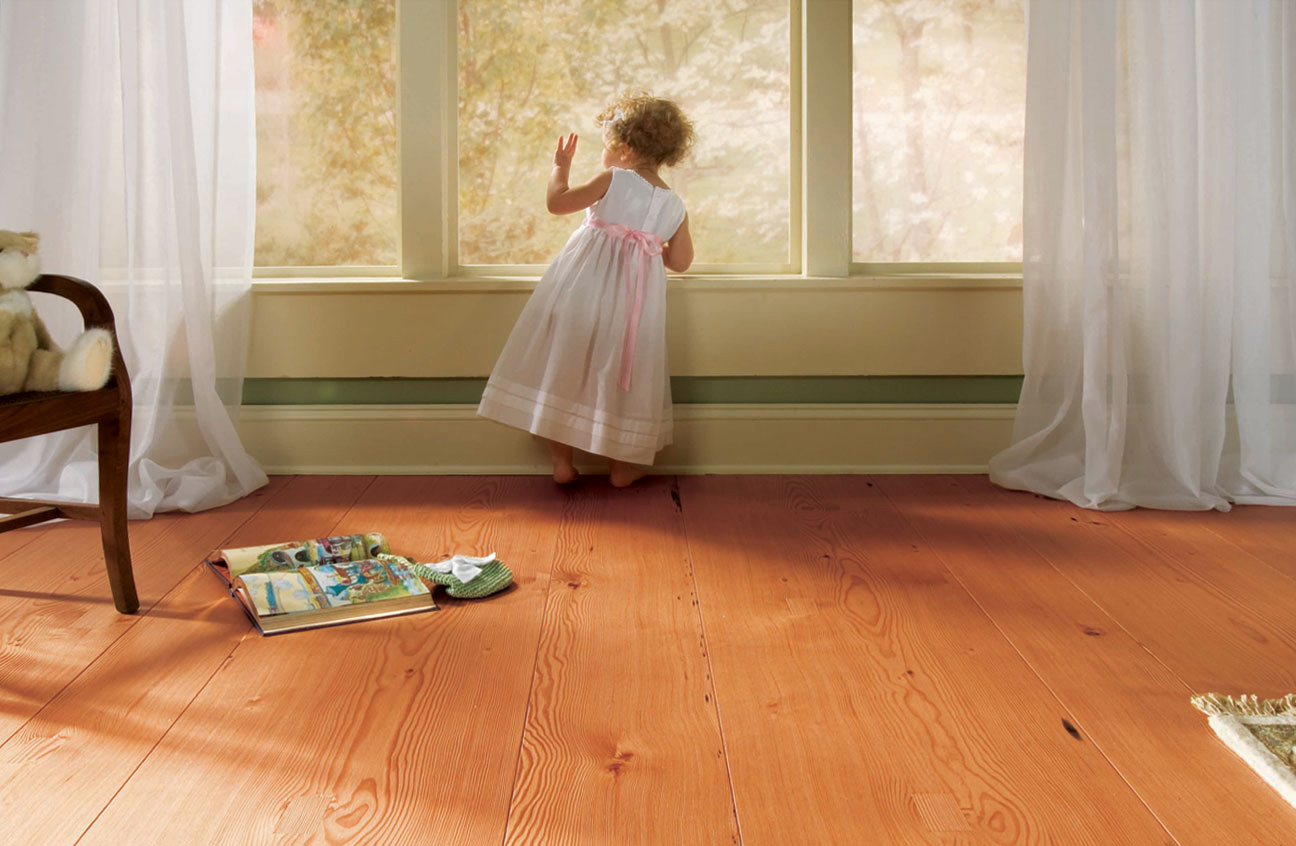
Antique Douglas Fir stands as one of the most significant reclaimed lumber species in North American construction history. This remarkable coniferous species was the backbone of the Pacific Northwest’s logging industry and was used extensively in the construction of mills, factories, bridges, and buildings throughout the late 19th and early 20th centuries. The term “antique” refers to Douglas Fir lumber that has been reclaimed from these historic structures, often featuring the incredibly dense, slow-growth characteristics of old-growth forests.
The wood displays a distinctive appearance with its light reddish-brown to yellow heartwood and contrasting lighter sapwood. The grain is typically straight and pronounced, with dramatic growth ring patterns that create striking visual effects, especially when the wood is quarter-sawn or rift-sawn. The texture is medium to coarse, with a natural luster that highlights the wood’s inherent beauty. Antique Douglas Fir often exhibits the tight growth rings characteristic of old-growth timber, with some pieces showing 20-30 growth rings per inch.
What sets Antique Douglas Fir apart is its exceptional structural properties. The old-growth timber possesses incredible strength-to-weight ratios, making it ideal for heavy timber construction. The wood’s natural durability and resistance to decay have allowed structures built with it to survive for over a century. When reclaimed, this lumber often retains its structural integrity while gaining the aesthetic appeal of aged patina and historical character marks.
The workability of Antique Douglas Fir is generally good, though the dense, resinous nature of old-growth timber can present challenges. The wood can be prone to splintering and may require sharp tools and careful technique. However, it takes finishes beautifully and can be stained to achieve various appearances while still allowing the dramatic grain patterns to show through.
Exceptional Strength – Old-growth timber provides superior structural properties with strength-to-weight ratios that make it ideal for heavy construction applications.
Dramatic Grain Patterns – Pronounced growth rings create striking visual appeal that becomes even more prominent when properly surfaced and finished.
Natural Durability – Inherent resistance to decay and insect damage has allowed structures built with this wood to survive for over a century.
Historical Significance – This lumber is reclaimed from iconic Pacific Northwest structures that represent an important era in American industrial development.
Tight Growth Rings – Slow growth in old-growth forests produces incredibly dense, stable lumber with exceptional dimensional stability.
Versatile Applications – The wood is suitable for both structural applications requiring strength and decorative uses where the dramatic grain is featured.